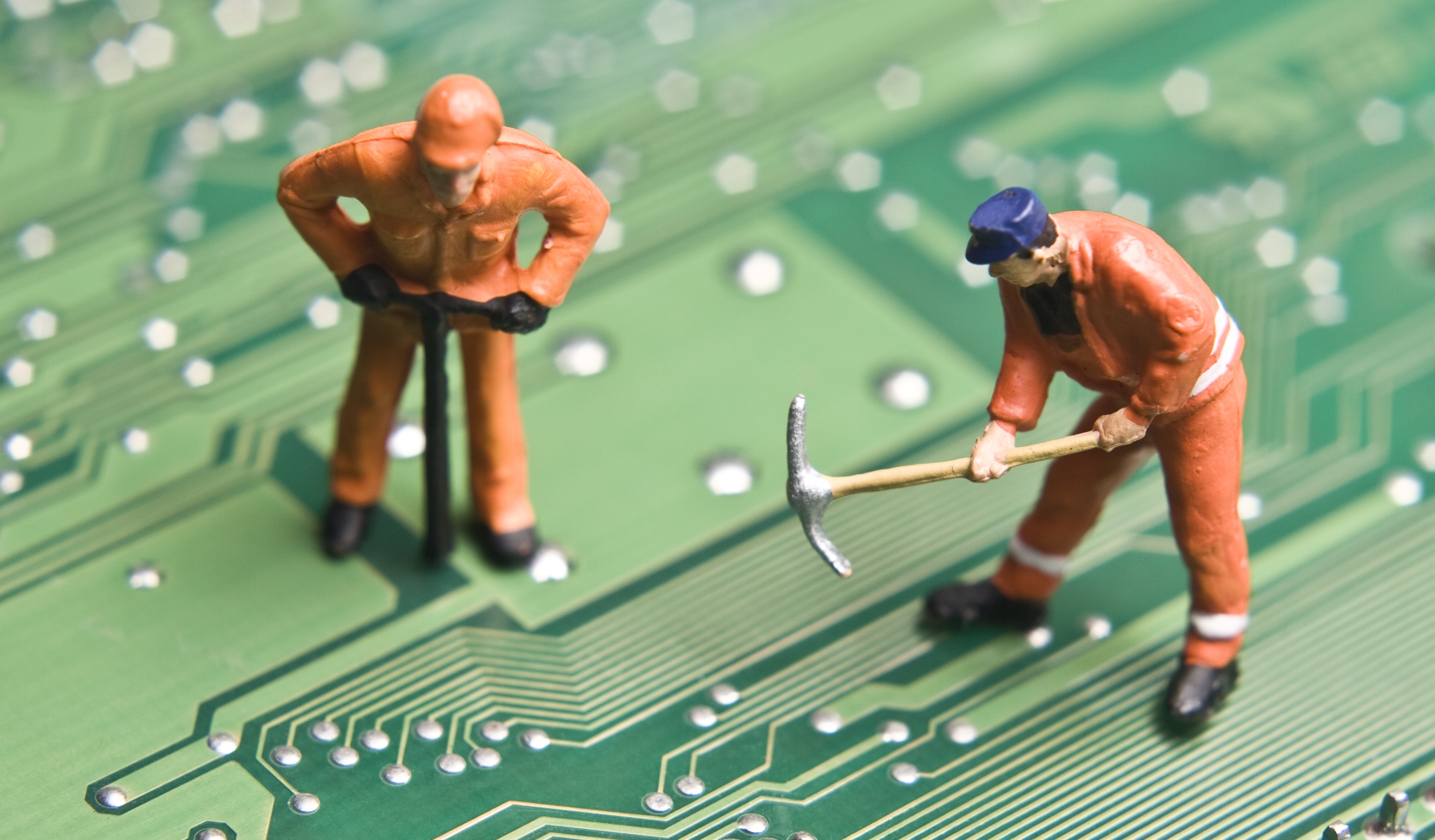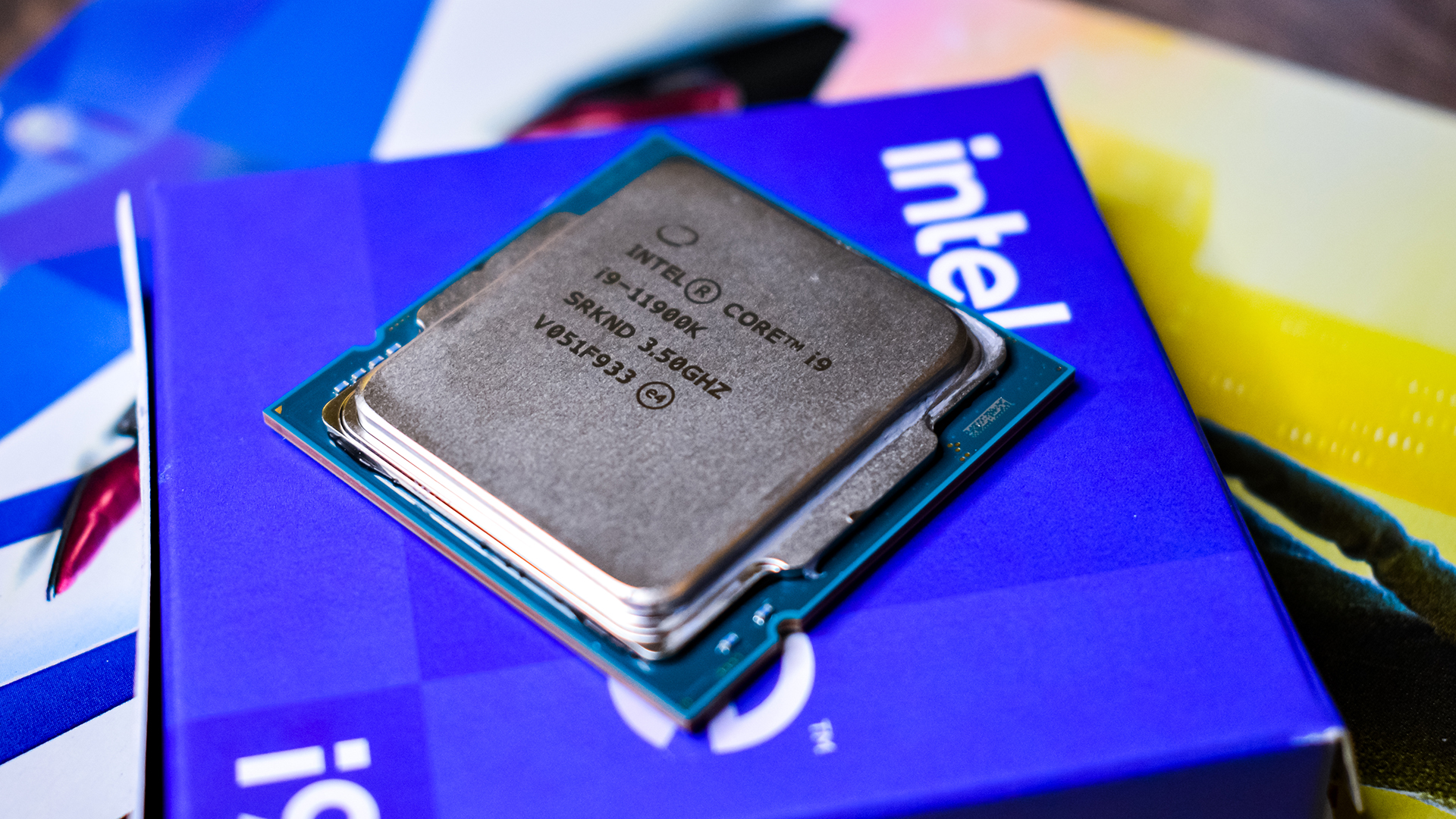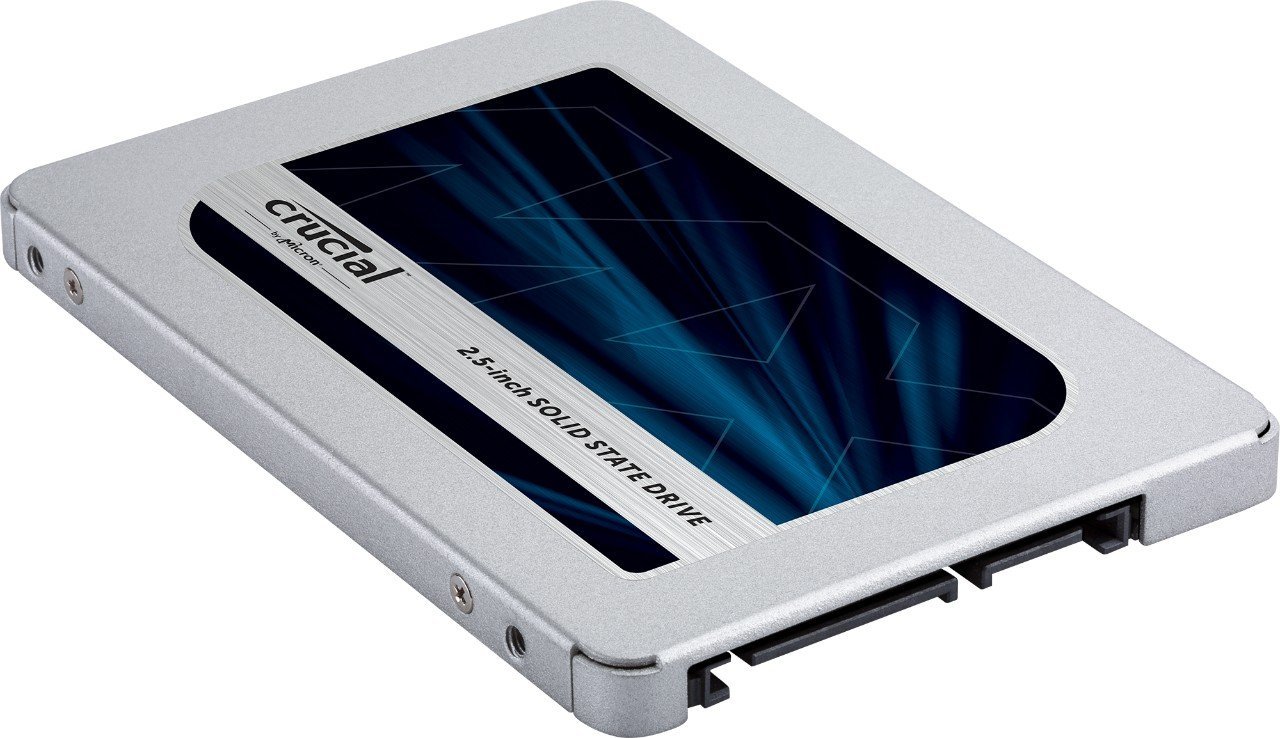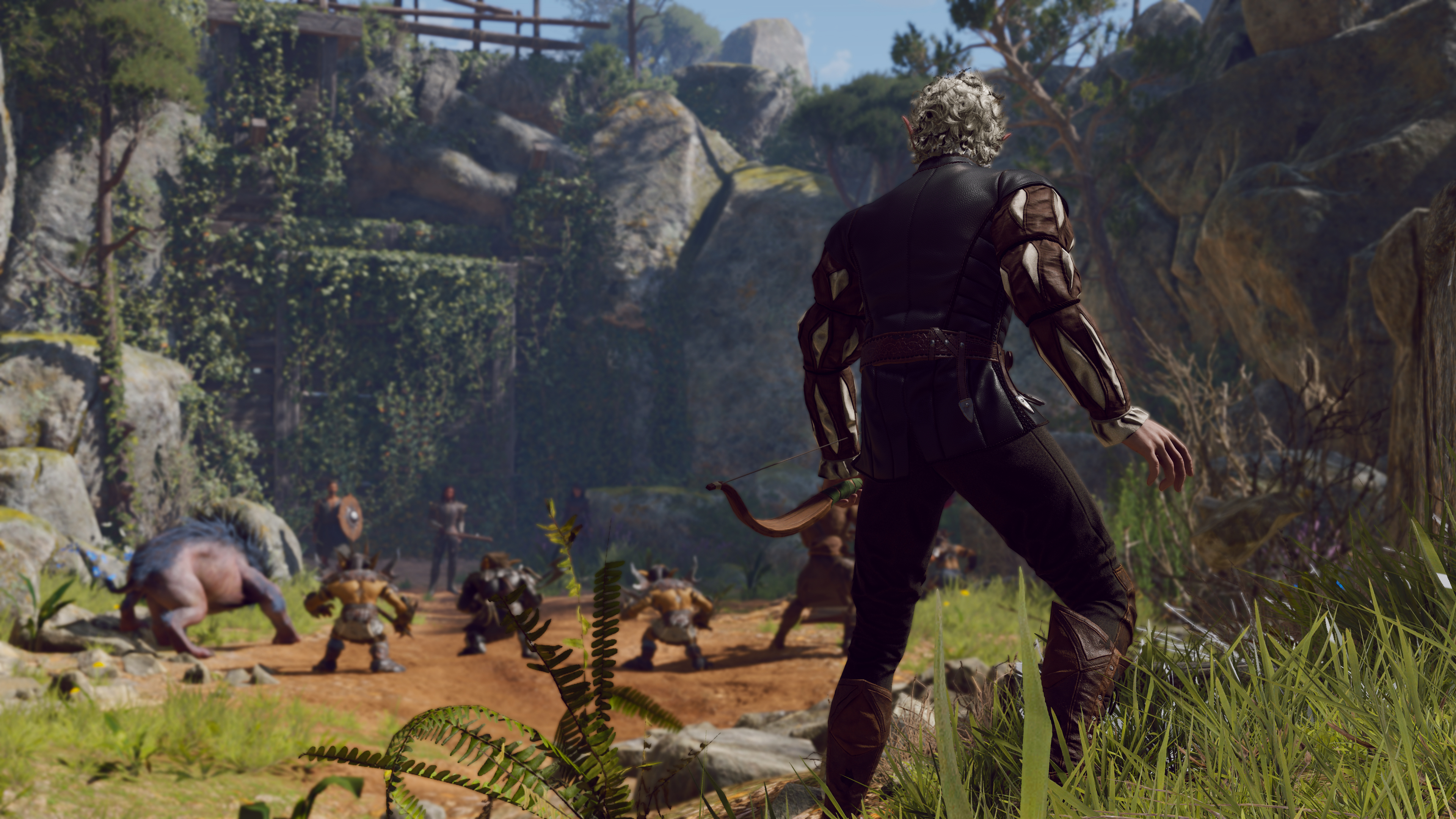I was terrified of upgrading my PC - until I actually did it

Growing up, I was always slightly envious of friends who had built or bought their own PCs, for a number of reasons. PCs are obviously superb for gaming, but they also provide a space for you to discover hobbies and work on that creative project that’s been burning a hole in your brain.
The allure of gaming at higher frame rates, plus faster load times and the ability to use powerful creativity and streaming software like Clip Studio Paint, Streamlabs and Adobe Premiere all contributed to my purchasing decisions. When I finally bought a PC of my own a few years ago, I found out that all the hype I’d built up for myself wasn’t misplaced.
Until recently, though, I’d actually put off the idea of upgrading my PC. The horror stories of builds going wrong and essential components sporadically breaking or malfunctioning if installed incorrectly were enough to get me thinking it was too much of a risk for the cost involved. That, and good old-fashioned laziness, obviously.
But did you actually build it?
Okay, so in order to address the elephant in the room, I first have to introduce it. No, I didn’t build my PC from scratch. Instead, I used a specialist website to pick the parts I wanted and had the final build sent to me.
As someone who had absolutely no experience building a PC from scratch, the option of a custom build created by a third party allowed me to have my PC built in a risk-free environment, as well as giving me the choices of which components I wanted (read: the ones I could actually afford at the time).
So I didn’t know the first thing about building a PC from scratch back then, and it’s something I’d still be uncomfortable with now. And I bet I’m not alone there. However, what I will say is that acquiring a custom build in this way is a fantastic starting point for anyone interested in learning about what makes PCs tick.
Custom builds are, in essence, a fully functional template for you to eventually improve upon through upgrading. A few years ago, my then new custom build was a capable mid-range PC, able to confidently run demanding games like Gears 5 and Resident Evil 2 Remake at 1080p 60fps, with the caveat of messing around with some of the graphical settings, of course.
Sign up for breaking news, reviews, opinion, top tech deals, and more.
When the time came to actually look at upgrading, then, I was in a far better position than I otherwise would have been. From motherboards, GPUs and CPUs to SSDs, fans and cooling processes, spending a healthy chunk of time with a custom-built PC gave me an introduction on what components PCs need to function properly, as well as where processing bottlenecks can occur as technology inevitably exceeds the capabilities of the machine.
A custom-built PC is what I’d recommend as your starting point, then, if you’re a total beginner like I was. Websites like Chillblast make the process phenomenally easy, breaking down your selection by component type and price ensuring you won’t miss anything crucial, as well as allowing you to realistically pick parts based on your budget.
What was upgrading the CPU like?

While it’s true that I didn’t build my PC from scratch, upgrading it was where the training wheels had to come off. At this point, I still had practically zero experience altering the inside of my machine. In fact I’d previously only ever open the case to clean out dust.
Let’s just pretend that I already have an Nvidia GeForce RTX 3080 graphics card and I’m past the phase of staring out of a rain-soaked window wondering when it will be mine. Been there, done that, got the unnecessary anguish. So let’s move on!
One of the most crucial upgrades I made was with my CPU. The processor I started with was the Intel Core i3. This wasn’t a particularly great CPU even at the time I got my initial build. If the CPU is the brain of your PC, then the i3 definitely wasn’t the sharpest tool in the shed, and struggled to maintain a passing performance with a handful of programs opened. This wasn’t helped by my lack of an SSD, but more on that later.
Things certainly got better when my Intel Core i9-9900KF CPU arrived. This unlocked processor gave my PC a much-needed performance boost, and I immediately noticed improvements to how my PC handled resource-heavy programs like Google Chrome and Steam, but the process of replacing the old Intel i3 was a daunting one. However, after doing some research, it ended up being a pretty simple affair.
The beauty of modern PC builds - barring an unlikely rogue issue cropping up - is that they’re mostly foolproof. Swapping a CPU is a little more complex than the plug-and-play nature of components like GPUs and sticks of RAM, but it’s still simple enough if you’re careful and follow the steps.
This isn’t a tutorial piece, so I won’t attempt to break down the process when others on TechRadar have already covered it so thoroughly, but what I will say is that changing the CPU is far less intimidating when you realize that most modern motherboard are designed to make the swap as painless as possible.
So, about that SSD…

Now here’s something that I made to be far more complicated than it actually was. The humble SSD was deceptively even trickier to install than my new CPU. But why? Isn’t it just extra storage space? Well, yes and no.
When my SSD finally arrived - the very capable Crucial MX500 - my friend asked if I was planning on migrating my operating system, to which I replied something along the lines of: “eh?”
Yup, I had no idea that one of the most common applications of an SSD was to migrate your OS over to it. What? I did say I was a beginner. But with this knowledge fresh in mind, I enthusiastically connected the SSD to the motherboard via SATA cable, and then came arguably the greatest PC upgrade of them all.
Once my OS had been migrated to the SSD, the performance difference was shocking to me. All this time, I’d been running the OS from my hard drive, and was used to boot times upwards of three to five minutes. On the SSD, though, minutes became mere seconds as my system booted at a lightning fast pace.
This extended to games installed on the SSD, too. I play a lot of Final Fantasy 14, and its load times definitely leave something to be desired. The game’s running on a fairly old engine at this point, and has to support pretty detailed environments as well as the hundreds upon thousands of players exploring them (not to mention the bags of data each of these players store on their person).
Load times in Final Fantasy 14, then, can range from anywhere between thirty seconds to around a minute depending on the area and activity. Not so on an SSD, which again acted like it ate load times for breakfast.
In fact, I even got a bit existential as I teleported between areas in a matter of seconds: just how much time do we lose to loading screens? A considerable amount, I’d wager.
Games with similarly glacial load times, like Warhammer 2: Total War and the early access title Baldur's Gate 3 fared much, much better on an SSD. I was used to both taking potentially minutes to load simple scenes, implying that these games were almost certainly designed assuming the player already has an SSD installed.
That’s why I can’t recommend an SSD enough as a vital PC upgrade. If you’re a beginner like me, it might not be the first upgrade you think of, but it’s certainly one of the most essential.

Where we stand today
Since upgrading my PC successfully, I’ve gone from a total beginner to...well, okay, I’m still a total beginner - I only swapped a few parts, after all. But my big takeaway from the upgrades I made was that I really had nothing to be afraid of, and neither should you. Nothing spontaneously combusted, the parts weren’t irreparably damaged, and my PC runs better now than it ever has.
Right now, I’ve got my eyes set on the pièce de résistance: the GPU. As much as I’d want it to be the case, the prospects of upgrading to an Nvidia GeForce RTX 30 series card looks increasingly unlikely - Nvidia itself admits it’ll be hard to nab one of its top-range graphics card until 2022 - so the search continues for a powerful card that’ll go hand in hand with my new upgrades.
If you’re similarly daunted by the process of upgrading your PC, as I was, you’ve really got nothing to fear. So long as you exercise the required amount of caution, upgrading your PC by swapping out components is far less intimidating than it looks.
- Best graphics cards: the best GPUs for gaming

Rhys is TRG's Hardware Editor, and has been part of the TechRadar team for over four years. Particularly passionate about high-quality third-party controllers and headsets, Rhys strives to provide easy-to-read, informative coverage on gaming hardware of all kinds. As for the games themselves, Rhys is especially keen on fighting and racing games, as well as soulslikes and RPGs.